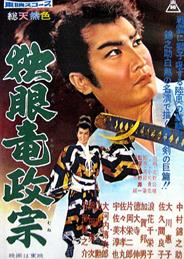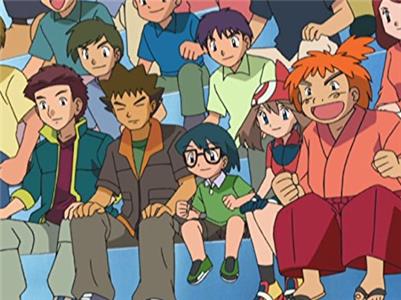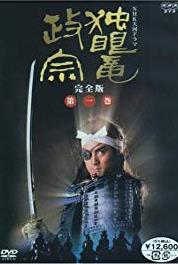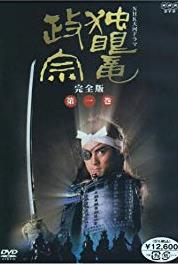Doku-ganryu Masamune (1959) Online

During the latter part of the 16th Century, Japan's Warring States era was coming to a close. After crushing almost all of his enemies, Date Masamune aka the "Hawk of the North" sets his eyes on Hatakeyama's lands. The young warlord is about to face his greatest challenge.
| Credited cast: | |||
| Kinnosuke Nakamura | - | Date Masamune | |
| Keiko Ogawa | - | Princess Mego | |
| Yoshiko Sakuma | - | Chiyo | |
| Ryûnosuke Tsukigata | - | Date Terumune |









User reviews